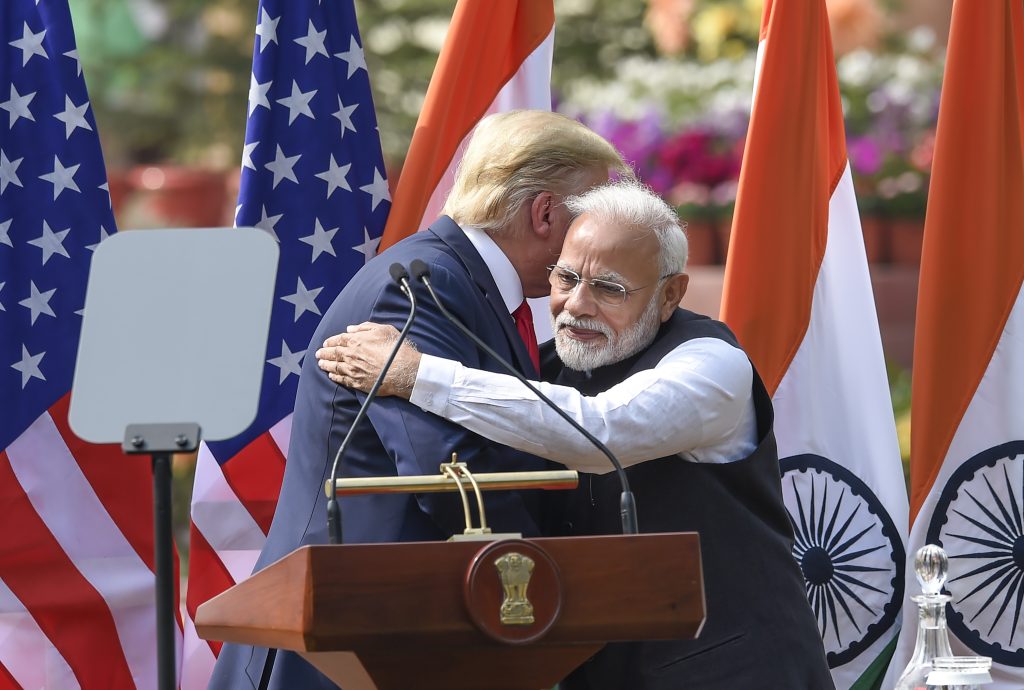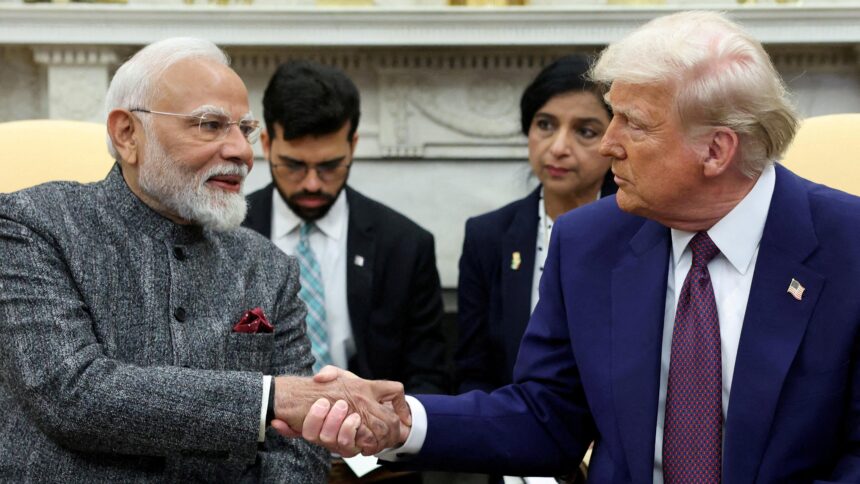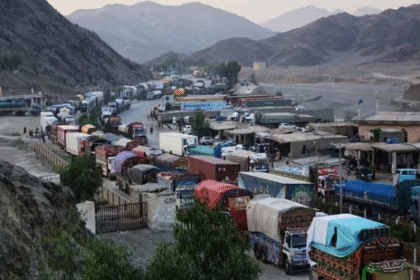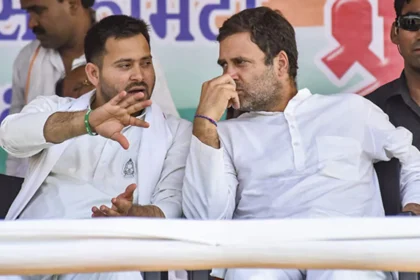Indian Economy Under Strain as Trump’s Tariffs Put Modi Between a Rock and a Hard Place
India cannot afford a very protracted trade negotiation with Donald Trump. Time is of the essence. The Indian economy cannot face continuing uncertainty in the face of slowing consumption and investments, both domestic and foreign.
India started talks with the US on the bilateral trade agreement in March 2025, even before Trump had announced the punishing tariffs on the world in early April.
After five rounds of talks spread over four months, India couldn’t even get an interim agreement and instead got a 50% tariff slapped on all its exports. There is now a desperate attempt to find new interlocutors who can figure out what is it that might work with Trump. There is also a report that Prime Minister Modi would try to meet him next month during the UN General Assembly meeting in New York.
To come back to the main issue, does India have the luxury of time at all? After announcing the most punishing tariffs on India, Trump has given 21 days to resolve all outstanding trade issues. After that, the tariff kicks in.
India has to take a political call, one way or another.
Frankly, there are only two options.
One option is for India to dilute its firm position taken during the five rounds of negotiations, especially on opening up the agriculture and dairy sector. Modi cannot obfuscate matters anymore. Trump, in a way, has him somewhat cornered. If Modi dilutes India’s position in some areas then he will have to communicate it to his domestic constituency transparently. Even if India decided to shift from buying Russian oil to US energy, it will have to be done openly. There is no place to hide anymore.
The other option is to steadfastly stick to one’s position and take the nation into confidence that there will be a lot of short term pain which Indians will have to collectively endure. A different set of policy measures will be needed to deal with that sort of pain. Modi’s instinct so far has been to not cross red lines already set in the negotiations. His public statement that he is willing to ‘pay a personal price’ to protect the farmers is an indication that he is under a lot of pressure.
The fact is India’s poor and lower middle class are already paying the real price of economic mismanangement so far. The Trump tariff, even if it is only 25%, is only likely to make things worse.
Therefore, it is important that the people of India – workers, traders, producers and consumers – know soon enough where exactly they stand so that they can adjust their expectations. The economy cannot wait too long for the hide and seek games being played between Modi and Trump.

Most independent economic research outfits have pronounced that India could lose 0.5 to 1 percentage points of GDP at present tariffs. More than that, the sectors which export substantially to the US – garments, apparel and textiles and gems, jewellery and precious stones – are quite labour intensive and already smaller manufacturers are facing problems with new orders. Together, these two sectors contribute close to $17 billion and the supplies mostly come from the small sector who work on very small margins. Big corporate groups like the Tatas, Ambanis or Adanis can still absorb lower margins and losses in their vast balance sheets. But the MSME sector can’t. They will be the first to fold up.
Some experts even suggest there could be a mini COVID-lockdown kind of labour migration to rural areas once again. These are things the government will have to prepare for while looking at policy options.
If Modi agrees to open up the agriculture and dairy sectors, then there will be a different kind of backlash. So Trump has really put his friend Modi between a rock and a hard place.
Worse, all this is coming at a time when the economy is struggling to get back to a 7% GDP growth path. After the Union budget this year , hopes were raised that government spending and private consumption backed by income tax cuts would lift growth to 7% plus all over again. But that expectation stands belied.
The Trump tariffs in April actually nullified whatever positives that might have been there in the budget. High-frequency indicators like auto sales, steel consumption and power demand now show slower growth, pointing to demand-side pressures. Bank credit growth dropped sharply to 9% in June 2025 from 16% a year earlier, signalling weaker investment demand. Urban consumption demand, in particular, faces challenges due to high rental inflation and slow wage growth, with a slowdown expected to persist this year.
There is also the disturbing UPI payment data brought out by online publication, Morning Context, which says the highest growth is being recorded in repayments of past debts. The payments data – which is realtime data reflecting spending by the vast lower middle class – also show slowing consumption, both discretionary and non-discretionary. It is also well known that average middle class Indians have been drawing down their savings for consumption as wages and salaries have stagnated. It is stagnating even in sectors like IT where things were better until some years ago.
The last few years have also seen the record pledging of gold to take loans for consumption. By one estimate, total outstanding loans against gold could touch Rs 14 lakh crore by 2027. This used to be less than Rs 3 lakh crore until 2018.
Rural demand recovery has also been sluggish, heavily reliant on the monsoons. Some global research firms have concluded that a structural decline in consumption demand is now a reality, marked by weak investment rates, stagnant real wages. Swiss based UBS group has warned last January that India’s economy had entered a “structural slowdown,” driven by long-term moderation in credit growth, foreign direct investment, export competitiveness, and corporate earnings – not just short-term cyclical fluctuation.
The harsh Trump tariffs and the ongoing negotiations have come at this vulnerable juncture for India.








